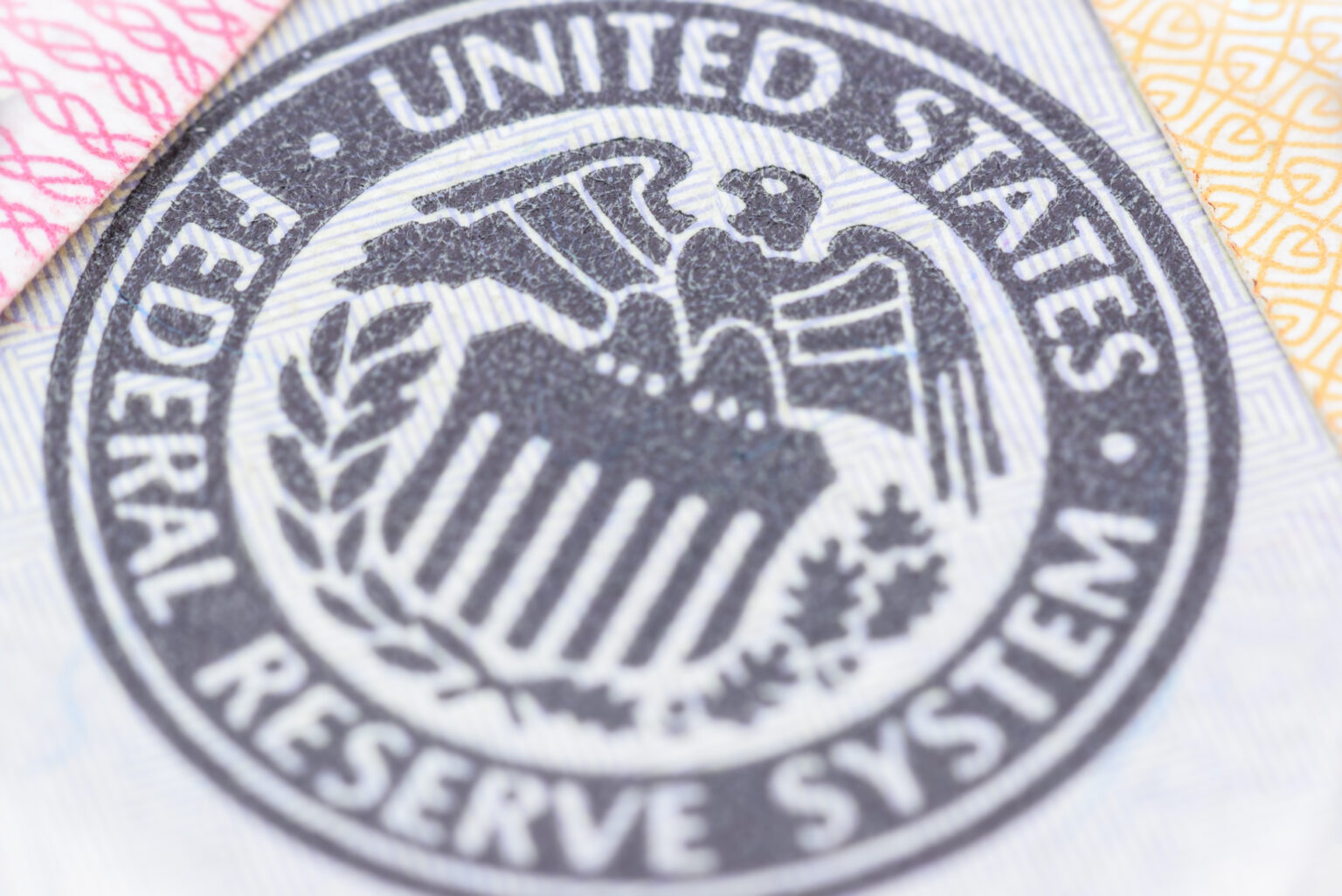In an ever-evolving financial landscape, understanding the implications of macroeconomic shifts on cryptocurrencies is crucial for investors seeking to navigate the market effectively. Despite positive economic indicators such as favorable Core Personal Consumption Expenditures (PCE) data in the United States, the cryptocurrency market, including Bitcoin, has yet to find stable ground. This uncertainty is accentuated by expert analyses suggesting that the U.S. macroeconomic climate may remain challenging for risk assets in the foreseeable future.
The Unlikely Prospect of Immediate Fed Rate Cuts
Why Fed Rate Cuts Are Not Coming Soon
Recent insights shared by Jim Bianco, a seasoned investment researcher, underscore why the U.S. Federal Reserve is unlikely to cut interest rates in the near term. Bianco’s evaluation stems from the resilient recovery of the U.S. economy. He argues that it would be imprudent for the Fed to reduce rates amid strong economic growth and rising prices. Importantly, the decrease in imports, driven by increased tariffs, positively impacts the nation’s gross domestic product (GDP).
According to Bianco, imports represent a “lost GDP” since they involve goods manufactured outside the U.S. A surge in imports typically leads to a greater trade deficit, negatively impacting GDP. However, recent trends show a reversal, with import reductions contributing to a projected Q2 GDP growth of 3.8% or higher. He also points out that tariff-induced inflation could elevate the year-on-year Consumer Price Index (CPI) beyond 2.3%, further reducing the likelihood of rate cuts.
Impact on the Bitcoin and Cryptocurrency Markets
How Does This Impact The Bitcoin Market?
Generally, when interest rates are lowered, riskier assets like cryptocurrencies and stocks become more appealing, as traditional asset yields decline. Historically, Bitcoin markets have responded positively to U.S. Fed rate cuts, often rallying in anticipation. Additionally, these cuts typically lead to a weaker U.S. dollar, potentially increasing the value of assets priced against it. For some investors, cryptocurrencies like Bitcoin serve as a hedge against the devaluation of fiat currency.
The anticipated absence of rate cuts over the coming months doesn’t necessarily translate to a bearish Bitcoin market. Investors must weigh the broader economic context, as a favorable macroeconomic environment is usually more supportive of riskier investments. This nuanced understanding is essential when considering the interplay between interest rates and cryptocurrency valuations.
Frequently Asked Questions
Is Fantom (FTM) a good long-term investment?
Fantom (FTM) attracts investor attention due to its efficient architecture and low fees. However, like any investment, careful assessment of market conditions, ongoing technological developments, and competition is crucial before committing capital.
How do U.S. Federal Reserve rate decisions affect cryptocurrency markets?
Federal Reserve rate decisions significantly influence cryptocurrencies. Lower rates typically benefit riskier assets, including cryptocurrencies, by reducing yields on traditional investments and weakening the U.S. dollar, making digital currencies an attractive alternative.
What factors should investors consider when analyzing Bitcoin’s market outlook?
Investors should examine macroeconomic indicators, regulatory developments, technological advancements, and market trends. Analyzing these elements helps assess potential impacts on Bitcoin’s price and investment viability.
In conclusion, this detailed analysis of the current economic conditions and their potential effects on the cryptocurrency market aims to equip readers with the information necessary for making informed investment decisions in this dynamic sphere.

